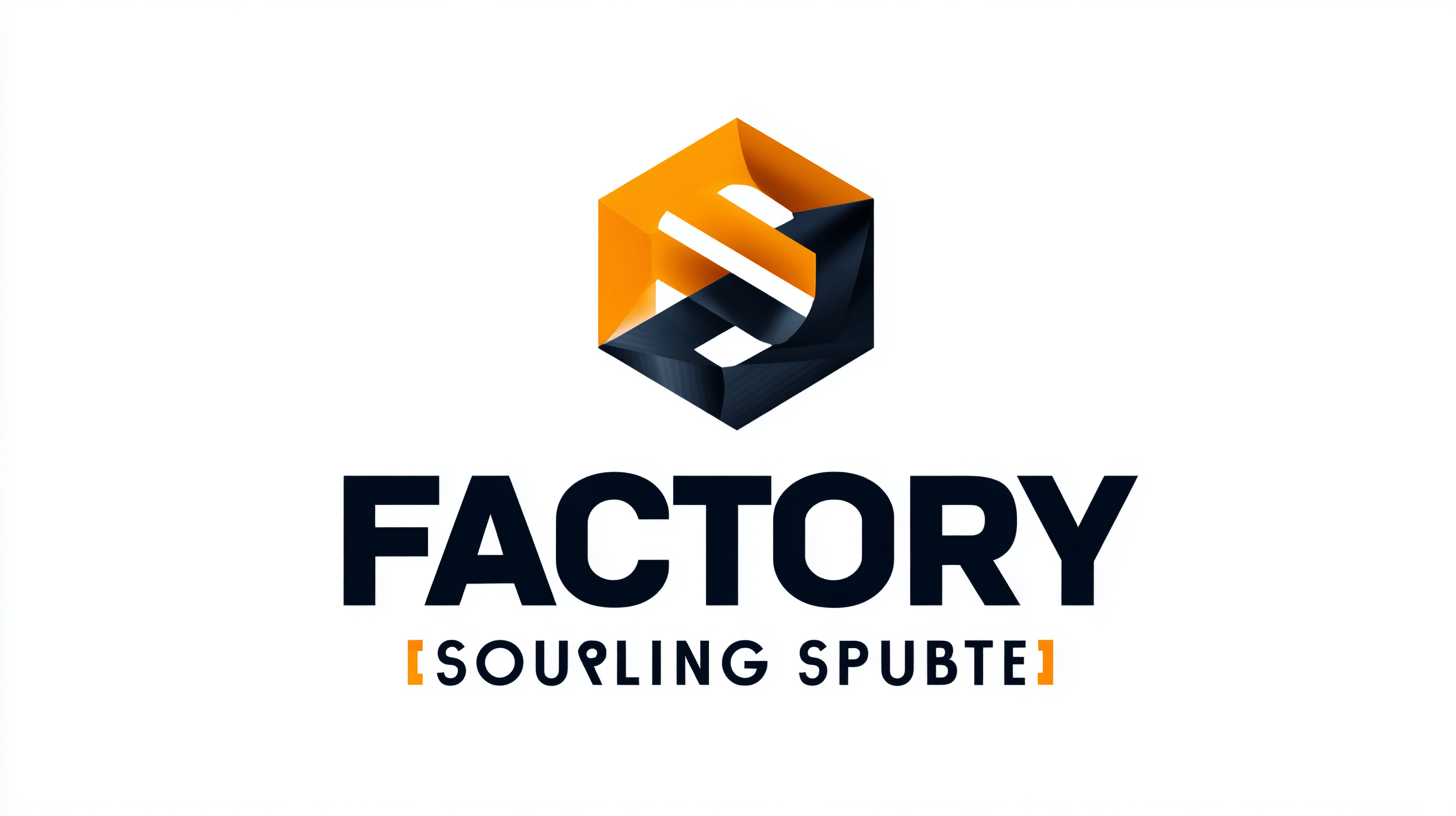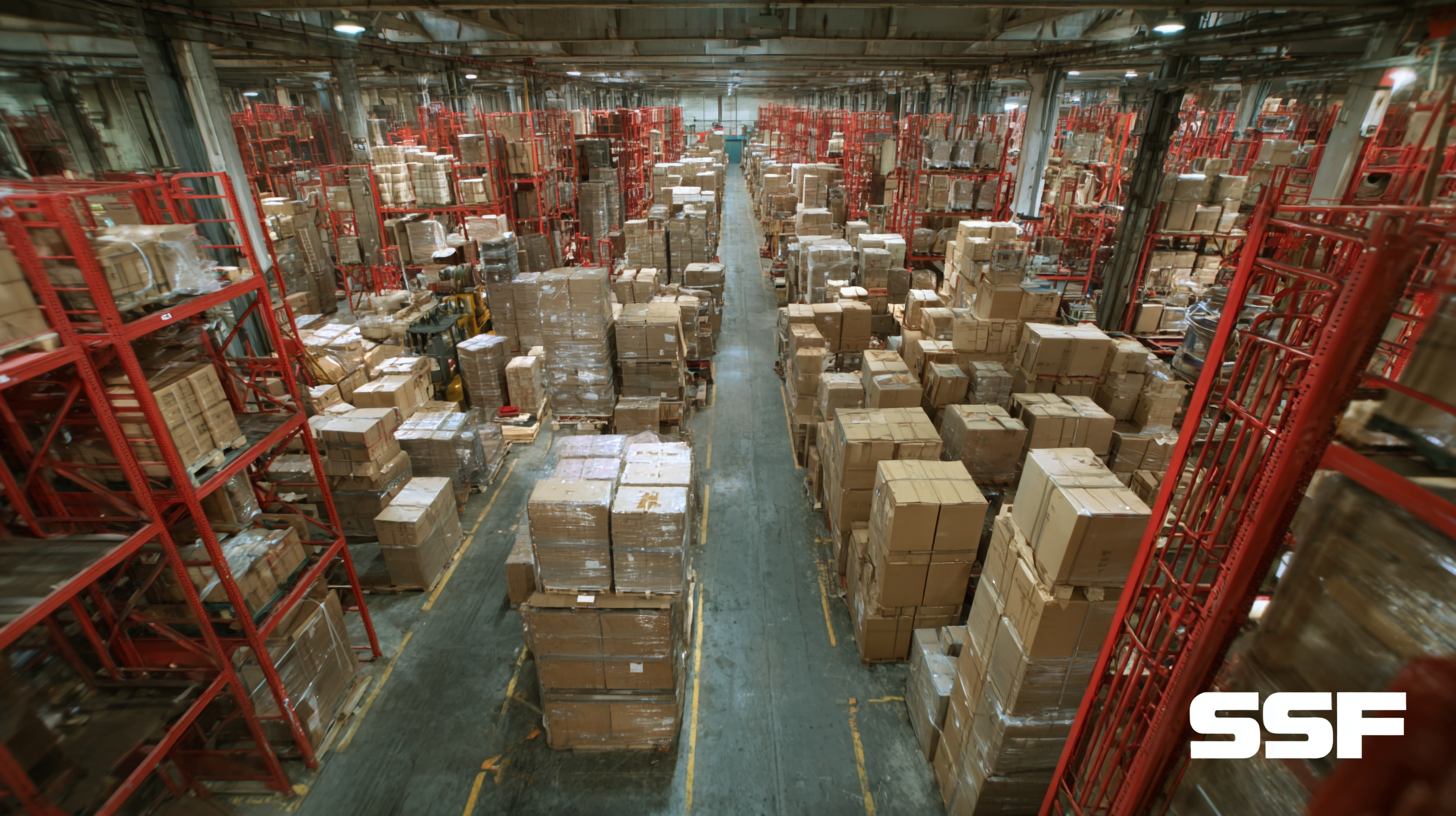
In the ever-evolving landscape of global trade, identifying the right Factory for sourcing is paramount to enhancing procurement efficiency. According to a recent McKinsey report, companies that strategically align their sourcing practices can reduce costs by up to 15% and increase their productivity by 20-30%. The rise of "Made in China" products has set the stage for firms worldwide to leverage China's manufacturing prowess, which accounted for nearly 28% of the global manufacturing output in 2020.

Furthermore, as supply chains become increasingly complex, understanding the nuances of factory selection—such as technological capabilities, compliance standards, and sustainability practices—can differentiate successful enterprises from their competitors. This blog will explore the top strategies for sourcing from elite factories to ensure that businesses not only maximize efficiency but also maintain a competitive edge in the global marketplace.
When it comes to maximizing global procurement efficiency, selecting the right factory is crucial. The first key criterion to consider is the factory's certifications and compliance with international standards. Factories that hold certifications such as ISO 9001 or other relevant quality management systems demonstrate their commitment to quality and reliability. This not only ensures that the products meet specific safety and quality benchmarks but also significantly reduces the risk of costly returns and compliance-related issues.
Another essential factor is the factory's production capacity and technological capabilities. Factories equipped with advanced machinery and technology can often produce higher-quality goods at a faster pace. It’s important to evaluate whether a factory can scale production to meet your changing demands without sacrificing quality. Additionally, assessing the factory’s experience in your product category can provide insight into their expertise and ability to innovate, which are vital for staying competitive in the global market. Engaging with factories that have a proven track record can lead to stronger partnerships and improved procurement outcomes.

In today’s dynamic global market, sourcing from the best factories has become essential for maximizing procurement efficiency. One powerful approach is leveraging technology and data analytics to make informed sourcing decisions. By employing advanced analytics tools, organizations can gain insights into market trends, supplier performance, and cost structures. This enables procurement teams to identify potential risks and opportunities, ensuring they partner with factories that align with their quality and compliance standards.
Tips for utilizing technology in sourcing include implementing a centralized procurement system that integrates data from various sources. This creates a single source of truth, making it easier to analyze supplier capabilities and past performance. Additionally, embracing real-time data analytics allows teams to respond swiftly to market changes, optimizing their sourcing strategies without delays. Furthermore, using AI-driven tools can enhance predictive analytics, helping businesses forecast demand and manage inventory levels more effectively.
Another critical aspect is the adoption of collaborative platforms that facilitate communication with suppliers. These platforms enable seamless sharing of data and insights, fostering stronger relationships and ensuring that all parties are aligned on goals and expectations. By integrating these technological advances into the sourcing process, organizations can drive efficiency, reduce costs, and ultimately enhance their competitive edge in the global marketplace.
This chart represents the sourcing efficiency percentage from various factories. Analyzing these metrics helps to identify the best manufacturing partner to optimize global procurement processes. Higher percentages indicate better efficiency in sourcing decisions.
Building strong relationships with suppliers is essential for maximizing procurement efficiency in today’s competitive global market. According to a report by the Institute for Supply Management, organizations that prioritize supplier relationship management can achieve up to 25% better operational performance. This effectiveness stems from enhanced communication and collaboration, which lead to quicker problem resolution and innovation sharing.
 Long-term partnerships with suppliers also allow companies to gain access to better pricing structures, as indicated by a recent study from McKinsey, highlighting that businesses leveraging strategic supplier relationships can reduce their sourcing costs by as much as 20%.
Long-term partnerships with suppliers also allow companies to gain access to better pricing structures, as indicated by a recent study from McKinsey, highlighting that businesses leveraging strategic supplier relationships can reduce their sourcing costs by as much as 20%.
Moreover, fostering strong supplier relationships can lead to improved supply chain resilience. The COVID-19 pandemic underscored the importance of having reliable partners, with companies that had pre-established relationships reporting significantly less disruption. According to a report by Deloitte, 80% of firms with mature supplier relationships were better equipped to navigate supply chain challenges during the crisis. By investing in these relationships and treating suppliers as integral partners rather than mere transactional entities, organizations can not only enhance their procurement efficiency but also build a robust foundation for sustained operational success.
Sustainable sourcing practices are essential for improving global procurement efficiency while also addressing environmental and social responsibilities. By selecting factories that adhere to sustainable practices, businesses can not only reduce their carbon footprint but also foster positive relationships with stakeholders. One effective approach is to prioritize suppliers who have certifications in sustainability, such as ISO 14001 or Fair Trade certifications. These certifications signal a commitment to responsible resource management and ethical labor practices.
Another key strategy is to conduct a thorough evaluation of potential suppliers' environmental policies and practices. Engaging with suppliers who prioritize renewable energy use, waste reduction, and water conservation can significantly enhance your procurement process. Tips for implementing this include developing a checklist for sustainable criteria, ensuring that all suppliers meet these standards during the selection process, and maintaining open communication to encourage suppliers to adopt more sustainable measures over time.
Additionally, fostering collaboration between your procurement team and suppliers can lead to innovative solutions that benefit both parties. Consider hosting joint workshops to share best practices in sustainability that can improve supply chain efficiencies. This not only strengthens partnerships but also helps create a culture of sustainability within your supply network, ultimately leading to better procurement outcomes.
| Strategy | Sourcing Aspect | Sustainability Practices | Impact on Procurement Efficiency |
|---|---|---|---|
| Supplier Diversity | Broader Supplier Network | Engaging local and minority-owned businesses | Enhances competitiveness and resilience |
| Technology Integration | Automation and Data Analytics | Utilizing eco-friendly technologies | Improved decision-making and reduced costs |
| Long-term Partnerships | Stability and Reliability | Collaborating on sustainable initiatives | Foster innovation and quality assurance |
| Risk Management | Assessing Supplier Risks | Evaluating environmental and social risks | Prevents disruptions and ensures compliance |
| Supplier Performance Metrics | Regular Assessments | Incorporating sustainability metrics | Enhances transparency and accountability |
Sourcing effectively from the best factories is crucial for maximizing global procurement efficiency. By examining successful case studies, organizations can uncover valuable strategies that have led to significant improvements in sourcing practices. For instance, a multinational consumer goods company leveraged a local factory in Southeast Asia to reduce lead times and cut shipping costs. By establishing a collaborative relationship with the factory, they not only improved production efficiency but also enhanced product quality through shared insights and feedback.
**Tip 1:** Engage in regular communication with your suppliers. Establishing a structured feedback loop can help identify potential bottlenecks early and foster a partnership that thrives on mutual success.
Another noteworthy case is a tech firm that integrated advanced predictive analytics into their sourcing strategy. By analyzing market trends and supplier performance, they were able to forecast demand more accurately, resulting in better inventory management and reduced costs.
**Tip 2:** Utilize technology to streamline your sourcing process. Implementing data-driven tools can help you make informed decisions quickly, allowing for adjustments that keep your procurement strategy agile and responsive to market changes.
These case studies highlight the importance of strategic sourcing and demonstrate that by learning from successful examples, companies can enhance their procurement efficiency significantly.
